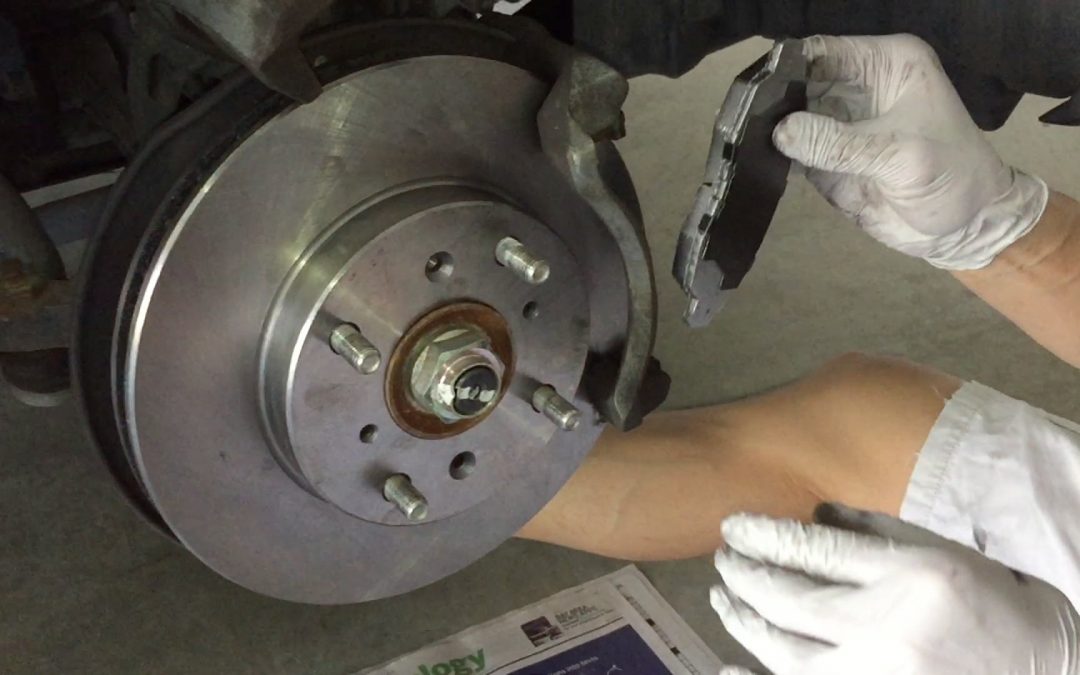Three categories of replacement brake pads exist to choose from when repairing the brake system on a vehicle. The object of brake pads is to create a mechanical connection between the brake system and the drivetrain. By using hydraulic force originating at the brake pedal and traveling to the brake pads then creating extreme friction developed between the brake pads and the brake rotor. Each type of pads has its own specific characteristics and is suitable for a particular vehicle. Using another non-OE compound pad can lead to serious malfunctions in the brake system.
Specific brake pads have different compounds and are specific to a vehicle’s weight and size for the best performance and safety features.
Semi-Metallic Pads
This type of pads are approximately 30% to 65% metal compounds that are comprised of several materials including steel wool, copper, wire or other metals. They are very durable but the durability can lead to premature wear of brake rotors from the strength of the pads. This type of pad has a reduced function in very low temperatures in cold climates. The most common vehicles to use this type of pad are small, lightweight cars that don’t have very aggressive drivers. You will find this to be the correct pads for fuel economy cars that people use to commute to work each day.
Non-Metallic Pads
This type of pads is also called organic pads. They are created from several types of materials such as glass, or rubber with a resin for use as a binding agent. These natural product pads are very lightweight and produce very little noise when they are pressing against the drum or rotor. This type of pad is best for small vehicles that are light in weight and not aggressively driven. The drawback to non-metallic pads, instead of metallic is that they are a softer substance, wear down much quicker, and also produce more dust.
Ceramic Pads
This type of pads is the most expensive of the three. They are usually found on high-performance vehicles that are often operated around tight turns with high speed and frequent, quick stops. The high performance of ceramic pads is the pad of choice for racing or performance cars of all types and is best suitable for these types of vehicles. Ceramic pads have the ultimate braking ability and don’t cause excessive wear and tear on brake rotors, so they last much longer with less noise levels than the other types of pads.
Switching Between Brake Pad Types
It is best to recommend the correct type of brake pad for customers for their particular vehicle based on the weight, type of vehicle and the way it is driven. A customer with a compact car may trade up to a better brake pad such as a ceramic without any negative consequences. However, a heavy truck, van or SUV, especially one used as a tow vehicle, should never trade down to semi-metallic pads, as they would not stop the vehicle quickly enough due to the high weight. Keep your customer’s safety in mind when explaining brake pad choices to them and don’t base it on price alone, but the safety features of each in combination with the vehicle.
Source
http://fmpmotorfactors.com/news/different-types-brake-pads/
http://www.carsdirect.com/car-repair/4-types-of-brake-pads-to-be-aware-of

